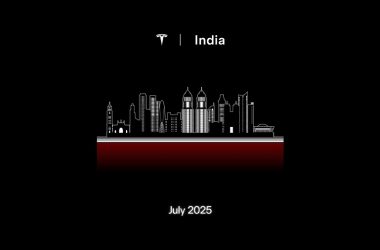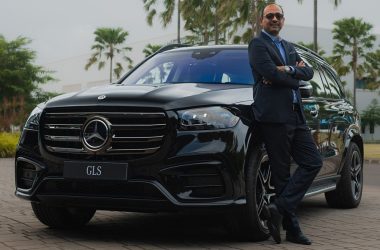Electric Vehicles Set for a Green Makeover with MIT’s Eco-Friendly, Wallet-Friendly Battery Innovation
Cambridge, MA — In a groundbreaking development that’s as electrifying as it is eco-friendly, MIT chemists have flipped the switch on the future of electric vehicles (EVs). Bidding adieu to cobalt, the team led by Mircea Dincă, W.M. Keck Professor of Energy, has engineered a battery cathode from organic materials, potentially supercharging the EV industry into a new era of sustainability and affordability.
The MIT mavens have turned to organic wizardry, crafting a lithium-ion battery with a cathode based on organic materials, shunning both cobalt and nickel. This new power player is not just a tree-hugger’s dream; it’s also a wallet-friendly wonder, promising lower production costs than its metal-dependent counterparts.
“I think this material could have a big impact because it works really well,” declared Professor Dincă, with a spark of excitement. “It’s already toe-to-toe with existing technologies, minus the wallet-burning, earth-scorching downsides of mining metals for batteries.”
Published today in ACS Central Science, the study spotlights the collaborative genius of Tianyang Chen PhD ’23, former MIT postdoc Harish Banda, and a cohort of brilliant minds from MIT and the University of Bologna.
Traditional EV batteries, with their cobalt cores, are akin to high-maintenance divas, demanding exorbitant fees and posing environmental and ethical dilemmas. Cobalt extraction, often mired in political instability, not only burdens wallets but also scars landscapes and air quality.
Dincă’s team, in their electric laboratory escapade, concocted a material composed of TAQ (bis-tetraaminobenzoquinone) layers, reminiscent of graphite’s structure. This organic star, with its quinones and amines, forms a stable, insoluble bond, thwarting the typical degradation dance of dissolving into the battery electrolyte. The result? Over 2,000 charge cycles with minimal wear and tear.
In performance, this organic opus sings a harmonious tune, mirroring the conductivity and storage capacity of traditional cobalt-nickel batteries. Plus, it’s a speed demon, charging faster and potentially revving up EV charging rates.
To keep this organic powerhouse stable and snugly attached to the battery’s copper or aluminum current collector, the team mixed in a pinch of cellulose and rubber fillers. These ingredients ensure the battery doesn’t crack under the pressure of charging, boosting its lifespan without hogging storage capacity.
The cherry on top? The primary ingredients for this cathode are already strutting their stuff on the commercial stage, hinting at a cost that’s a mere third to half of cobalt batteries.
Lamborghini, the famed automaker, has already snagged the patent, revving up excitement for a future where sleek, sustainable speedsters rule the roads. Dincă’s lab, not content with just rewriting the EV battery playbook, is eyeing a switch from lithium to sodium or magnesium, potentially making EV batteries cheaper and even more abundant.
So, as the EV industry accelerates towards a greener, more affordable future, MIT’s organic battery breakthrough has certainly added a jolt of joy and a spark of sustainability to the race.








